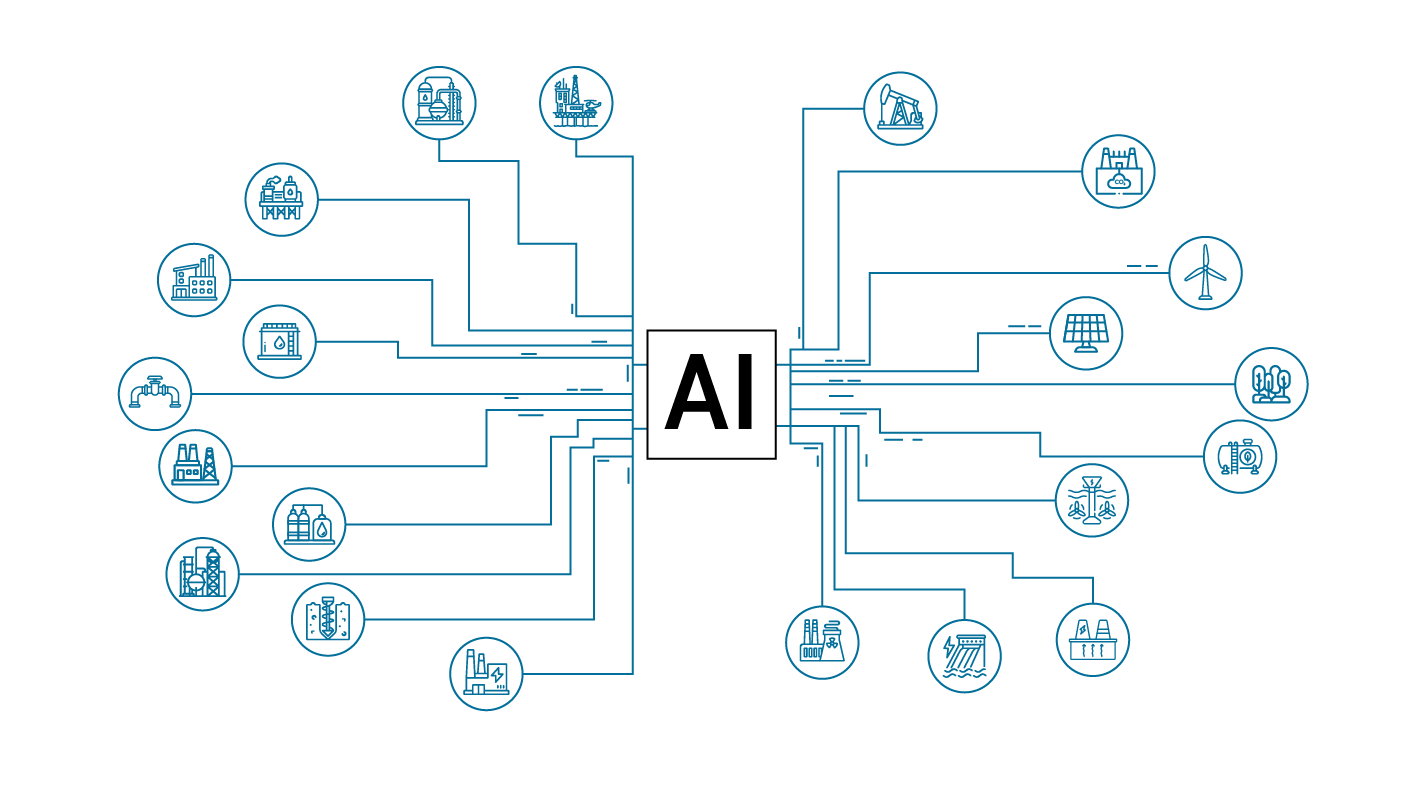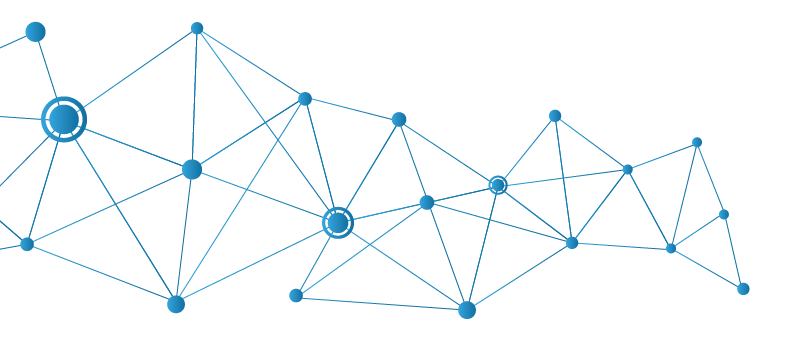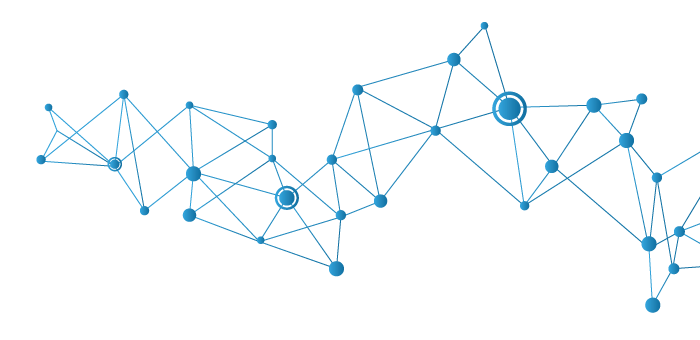Pioneer in AI for Carbon Management
At Net Zero Matrix, we are revolutionizing carbon footprint management through the power of artificial intelligence (AI). Our mission is to equip businesses, governments, and organizations with innovative AI-driven solutions that track, manage, and reduce carbon emissions in real time.

What do we offer
AI-Powered Efficiency
At Net Zero Matrix, we offer a comprehensive set of AI-powered services that cover every aspect of carbon management and iXBRL reporting, ensuring our clients can meet their sustainability targets with ease.
How we make a difference
Scalable Solutions for All Sizes
At Net Zero Matrix, we recognize that technology can drive positive environmental change. By providing innovative, AI-driven solutions for carbon data management and iXBRL reporting, we equip organizations to reduce their carbon footprint, comply with global regulations, and contribute to a more sustainable planet.
We ensure our services adhere to top industry frameworks such as XBRL, OSDU, OFP, OPC Foundation, and Energistics, ensuring that our solutions are secure, interoperable, and future-ready.
The Carbon Register
We are providing all relevant data in a single repository and thereby allow shareholders, investors, credit rating agencies, banks and many others to make their own direct evaluations, and not be obliged to accept the carbon ratings of others.


